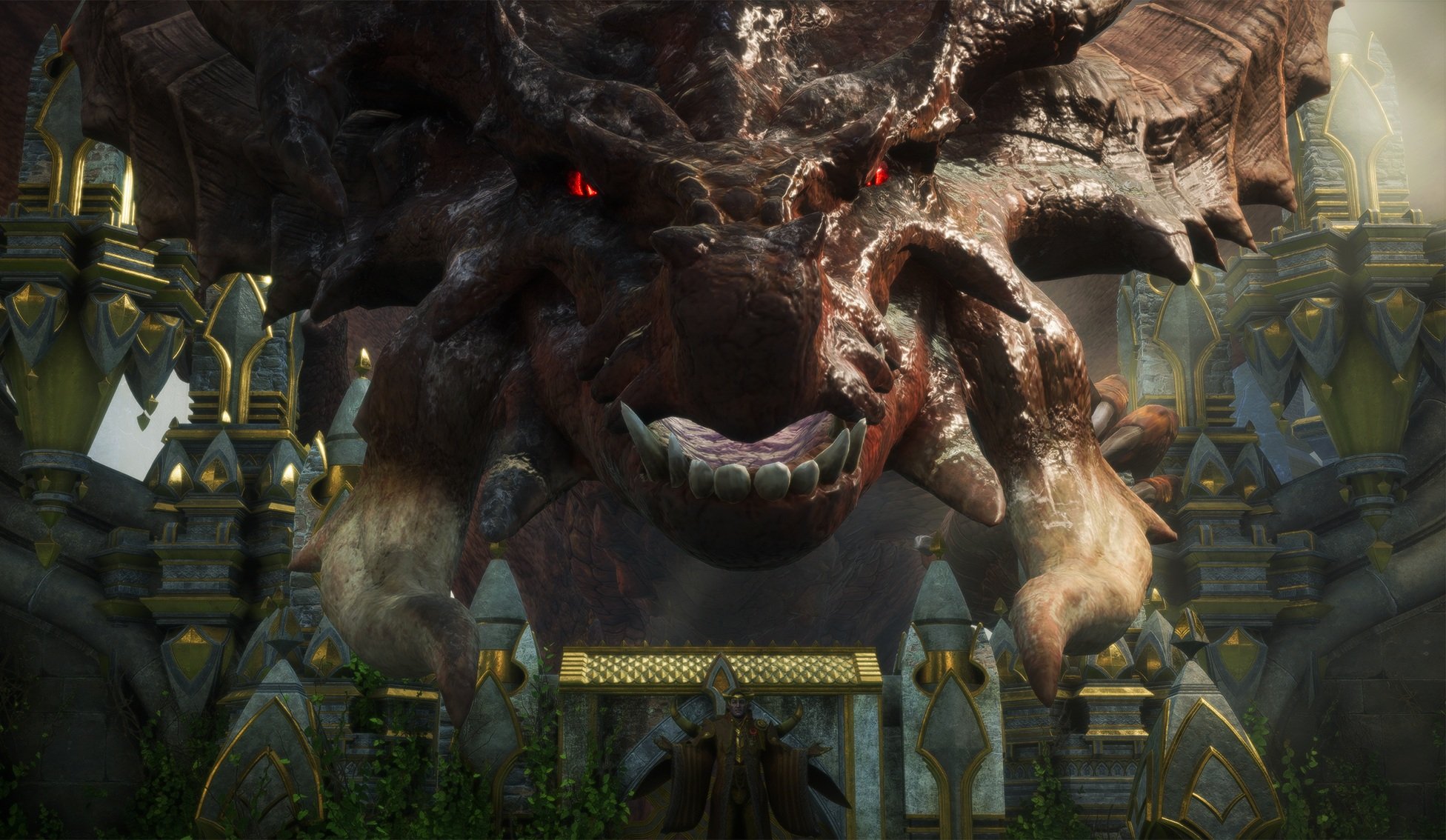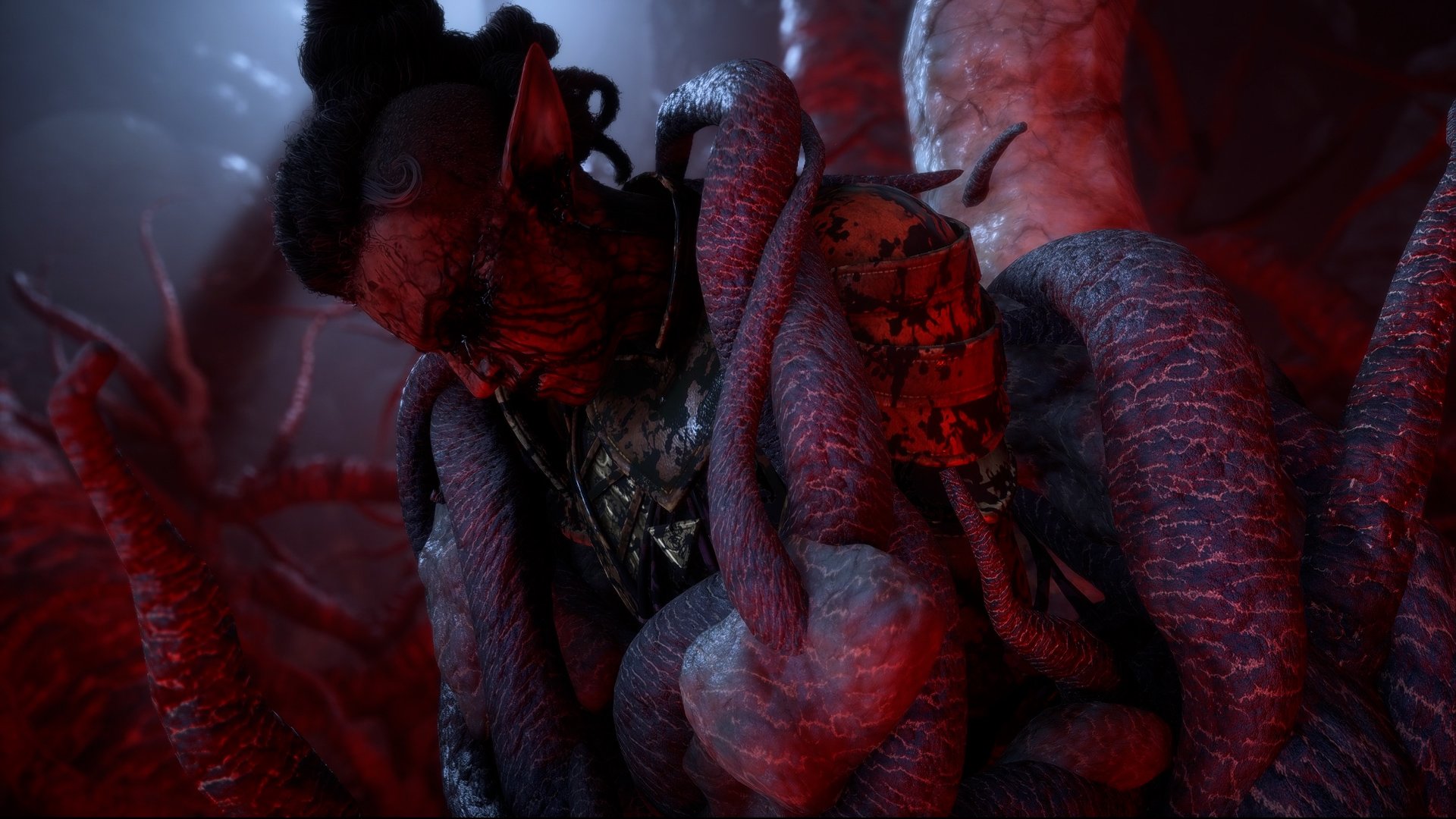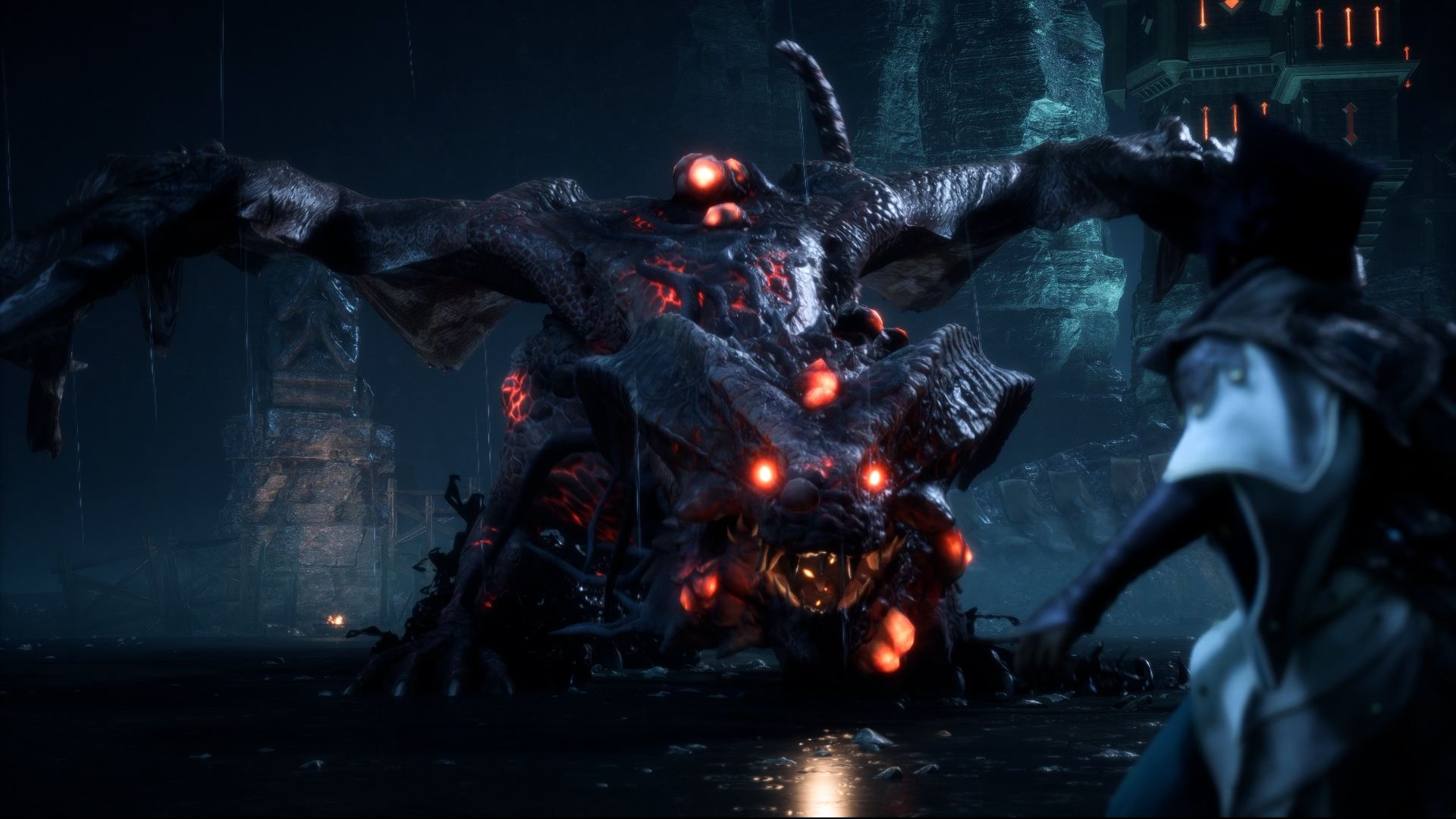Shadow Theater Puzzle - Uncharted Lost Legacy
2025 | Unreal Engine 5
Project Goals
To try and replicate a well-known puzzle as much as possible.
Create a high-quality prototype recreation of the Shadow Theater puzzle from Uncharted Lost Legacy.
Utilize flexible scripting so I could add more puzzle elements easily.
Learn new techniques by utilizing blueprint variables and utility nodes I’m unfamiliar with or rarely use.
Project Overview
After shipping Dragon Age: The Veilguard, we had some downtime, and I wanted to use it productively. I decided to recreate standout moments from other games within Unreal 5, focusing on ones that had something to teach whether it be their design, execution or technical approach.
Once the prototype was working well, I broke it down for the other LD’s, sharing how it worked, what problems I encountered while building it, and what we could take away from it.
I had a blast recreating this puzzle. I had to consider light, the exact shape and positioning of the pieces, the shadows they cast, and how they interacted with each other when they moved across the board.
Project Details
Built over the course of roughly 3 days.
Unreal Engine 5.
Rapid Prototyping.
Modeled puzzle pieces.
Scripting.
Uncharted Lost Legacy - Shadow Theater Puzzle Reference
How it Works!
Setting an Interaction point
Before any pieces are moving, we need to know where the player is interacting from. Alongside a simple Interact Interface, I just used simple BeginOverlaps and EndOverlaps to set an Integer that represents the point where the player is interacting from; so, when we press the interact button, Switch on Int triggers a macro with the correct line of objects referenced.
Switch on Int using the Integer set by the Overlap Components to fire the correct macro with line of objects and applicable grid locations referenced
Check out the Event Graph!
Use Right Click and Drag to pan the canvas, Ctrl + Mouse Wheel to zoom in and out to explore the blueprint.
If the embedded graph is not working here’s the link
Checking the Grid for Available Positions and Moving Pieces
The Check>Rotate>Move_Macro
This macro holds all the functionality that makes up this puzzle’s logic. Inside we check and store the locations of the pieces and what spaces are available within the grid, animate and move the necessary pieces, and reset the values so we’re ready for the next interaction.
If the embedded graph is not working here’s the link
Clear Previous Data
We clear any previously stored values in our FoundPiecesInRow and FoundPiecesIndex arrays. These are used for storing data for puzzle pieces found within the row you interact with.
Storing Grid Location Data
After the data is cleared, we’re using a For Each Loop to store the data of each Grid Slot Object’s location within an Integer Vector Map (Dictionary). These stored locations are the center points of each available slot along the row.
Comparing Found Puzzle Pieces to Stored Grid Locations
With the Grid Locations stored, we now need to see if there are any puzzle pieces within this row and where they are located.
We compare each puzzle piece against each of the stored Grid Locations indexes and look for any matching vector values, and if there are, we store them for later use within the FoundPiecesInRow Object Array (unless they’re at position 2 which means it’s the end of the row)!
If there is at least one piece found in the row, we move to the CalcMovePosition Function, where we store the values that will determine where the pieces can and should move.
Check out the Function!
Use Right Click and Drag to pan the canvas, Ctrl + Mouse Wheel to zoom in and out to explore the blueprint.
If the embedded graph is not working here’s the link
Take a look at the Check, Rotate, Move Macro
Right Click and Drag to pan the canvas, Ctrl + Mouse Wheel to zoom in and out
Function : GridPositionCheck
Function : CalcMovePosition
Check How Many Pieces are Indexed
We check the length of the FoundPiecesIndex array and if the length is == 3, that means the row is full and we should not move any pieces!
Where are the Pieces in the Index
Using a Reverse for Each Loop we run through the FoundPiecesIndex, starting with the furthest piece from the interaction point to prevent pieces from sliding through each other.
Setting New Location from the Stored Grid Values
The value given from the FoundPiecesIndex is the index at which a piece was found and stored (0 closest - 2 furthest). If the returned array element returns 0 or 1 (position 0 or 1) we check if the array contains items at position 1 or 2 - this will determine how far we can move the puzzle piece.
Check out the Function!
Use Right Click and Drag to pan the canvas, Ctrl + Mouse Wheel to zoom in and out to explore the blueprint.
If the embedded graph is not working here’s the link
Moving the Pieces
Now we have the pieces we need to move stored in FoundPiecesInRow and we have the locations they need to move too, within StoredNewLocation; let’s finally move the pieces!
Macro : MovePiecesToo
Check out the Macro!
Use Right Click and Drag to pan the canvas, Ctrl + Mouse Wheel to zoom in and out to explore the blueprint.
If the embedded graph is not working here’s the link
Checking for Success
Seeing if we’ve completed the puzzle is simply comparing the Relative Location of the Puzzle Piece Objects and Grid Location Objects. If they’re all equal (==) then we trigger the success dispatcher!
Function : CheckSuccessOnMovementComplete
Check out the Function!
Use Right Click and Drag to pan the canvas, Ctrl + Mouse Wheel to zoom in and out to explore the blueprint.
If the embedded graph is not working here’s the link
That’s All Folks!
Thank you!
If you made it all the way down here, thank you! Appreciate you taking the time to check how this little prototype came together.
If you’re keen, take a look at my most recent professional work below!
Explore Professional Projects

















